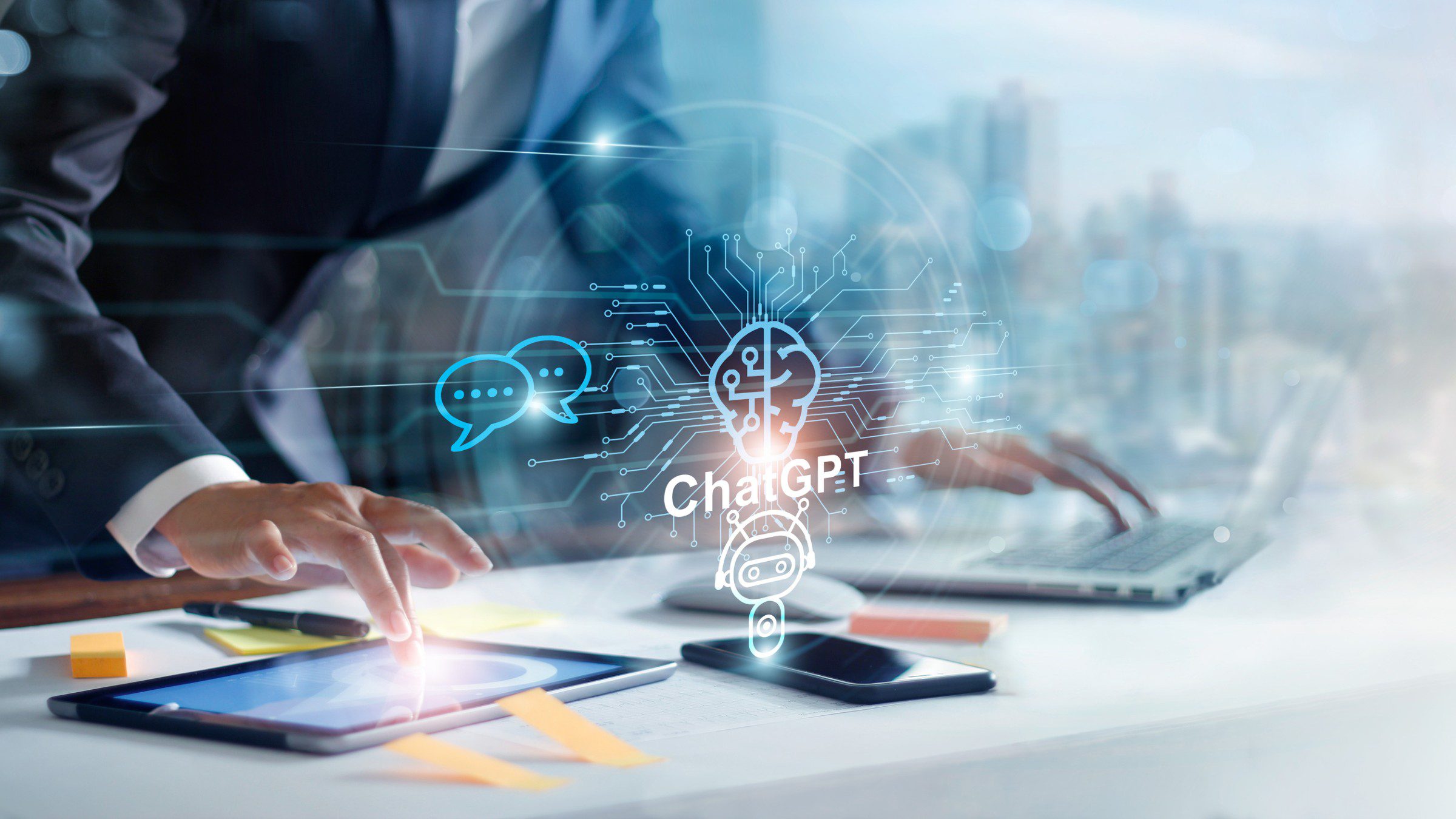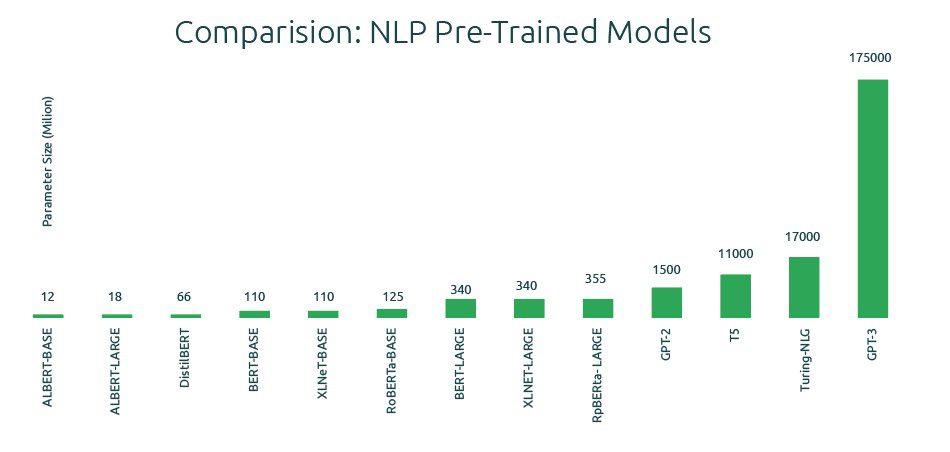What ChatGPT Can Do and What She Can’t

USA
Thank you for reaching out to Sigma Software!
Please fill the form below. Our team will contact you shortly.
Sigma Software has offices in multiple locations in Europe, Northern America, Asia, and Latin America.

USA

Sweden

Germany

Canada

Israel

Singapore

UAE

Australia

Austria

Ukraine

Poland

Argentina

Brazil

Bulgaria

Colombia

Czech Republic

Hungary

Mexico

Portugal

Romania

Uzbekistan
ChatGPT was publicly released on November 30, 2022. It happened only a year ago, and this event is being very actively discussed all over the world and across many industries. Some people admire the newly gained technical capabilities and compare the introduction of ChatGPT with a new Google search or an iPhone. Others, to the contrary, discuss the risks and fears of this technology and one can find really horrifying titles in the media, like “Our way of making a living is suddenly destroyed”. What unites both groups is admitting a significant impact of this technology on our lives.
It looks like Artificial Intelligence (AI) has evolved so strongly as of today, that many of the science fiction ideas and technologies are becoming real in our eyes. For instance, creating a human-like intelligent robot who would be a close copy of a passed away relative is no longer a concept from sci-fi. And it is already the time when Azimov’s Laws of Robotics did become practical for our nowadays questions. And ChatGPT is only the first supernova of this AI generation on our skies while many technological companies such as Meta, Google, and others will release their next-gen AI in a very short timeframe.

Let’s look closely into what is ChatGPT and the new generation of AI in general. We will not limit only to ChatGPT but will take into account its analogs, competitors, and similar AI-based technologies as well.
The reasons for that:
So, how’s ChatGPT different from the AI-based solutions we have got used to?
ChatGPT (Generative Pre-trained Transformer) is a generative language AI model based on “transformer” architecture. These models are capable of processing large amounts of text and learning to perform natural language processing tasks very effectively.
OpenAI first pre-trained its GPT model in June 2018. It improved it to GPT-2 in February 2019, made it bigger, and still not available to the public due to ethical concerns. In May 2020 GPT-3, an even bigger version of GPT-2 was developed and able to perform well on a variety of tasks without the need for fine-tuning. So, the work on ChatGPT creation took years before we got the first possibility to try and use it.
Finally, the first publicly available version of ChatGPT was introduced on November 30, 2022 – it was version 3.5 which made an incredible hype and buzz in the media.
Since then, OpenAI has introduced a newer version, GPT 4, on March 14, 2023. Now it is available only to paid subscribers. The cost is 20 USD for private users (there is a limitation of the number of questions per time), while commercial use of this model is being billed per the number of prompts (questions/dialogues) and is significantly greater. GPT5 version 5 is now in training and expected to significantly improve in reasoning and problem-solving. We observe that OpenAI is progressing with ChatGPT maturity rather fast.
It is important to say that OpenAI was of course not the first company to propose AI chatbots. The topic of AI was raised in science in the 1940s. By the year 2022, thousands of AI-based IT solutions were present in the market. So, what made a difference?
Two factors that differ ChatGPT from what was present in the market:
This could be compared to the introduction of an iPhone. There were smartphones before Apple’s presentation in late 2007, however, they were used and demanded just by few. The miracle of Apple Corporation was in making their product extremely popular and common. Something similar is happening with OpenAI and other companies in their competition in terms of adding complex AI solutions to our everyday life, business, and habits.
ChatGPT differs from its predecessors in the size (complexity) of its AI model and in the intensity of its training. The complexity of large AI models is growing exponentially. For instance, the GPT-3 model, in particular, has 175 billion parameters in size, making it the largest language model ever trained.

To work, GPT needs to be “trained” on a large amount of text. For example, the GPT-3 model was trained on the text set that included over 8 million documents and over 10 billion words. Since then, OpenAI has already introduced GPT version 4 with 1 trillion parameters!
ChatGPT became the first publicly available AI model of such a size, which in turn gives her significantly greater capacity in language processing.
Because of this technical capacity, ChatGPT is capable of mimicking a human conversation so that sometimes it cannot be recognized as done by a machine. Even GPT-3.5, which I have access to, can do it in 35 human languages! Just a few years earlier, it would be seen as a miracle.
Besides the key function of mimicking human conversation, ChatGPT is also capable of performing several complex functions. First of all – to compile the output information in almost every possible style. From simple ones, like answering in a laconic Twitter style, the style of a business email, to the ability to copy the writing style of a specific person, or a format – teleplay scenarios, resumes, checklists, simple poems, fairy tales, essays, song lyrics, jokes, etc. And, completely deleting the edge between humans and robotics, she can write and interpret computer code in over 10 programming languages. We need to add that the computer language is just another language for ChatGPT, some say even an easier one due to its clearer and more defined structure.
On the other hand, there are limitations in the operations of ChatGPT:
However, ChatGPT progresses very rapidly, and newer versions become more capable and proficient. And she also learns as she operates and interacts with users and their sources of information.
After defining do’s and don’ts, let’s identify some unique and sometimes untrivial benefits, which we could not get before ChatGPT entered our life. Some of them still can be not fully executable, but we are on the edge of making those possible.
Let’s take a look at the mates of ChatGPT – other modern AI solutions available or being currently developed. We foresee a significant degree of competition in the AI sphere in the coming months (many would want to join the rising market) and years (as AI technology evolves).
Let’s divide ChatGPT’s mates into several categories:
All-in-all, there are more than 20 complex AI solutions available or under development.
As the AI models get more and more competent in solving specific tasks, this brings a noticeable impact on people’s day-to-day workplace. Certain professions have already been impacted by the use of modern chatbots and more consequences are expected to come. According to Bloomberg, over time AI technology will impact the daily work of nearly a quarter of all workers.
Here are some examples of human professions which already started to be replaced by ChatGPT and her mates.
We can see that modern AI has already started to replace some of the professions and such a trend will likely accelerate. The result of such a replacement is in laying off some people from their workplace or forcing them to extend their current skills.
This brings us to an ethical problem of whether humanity should slow down the progress for the sake of keeping current employment. On the other hand, the replacement of some professions is what we typically observe together with the technical progress. This is quite wide, from cars replacing horse-driven carriages (and now going to driverless cars), moving a large number of previously paper-based pieces of information to digital format, introduction of cellular telephony, 3D printing, and other examples. Such inventions are helping humanity to increase its production capabilities, the quality and quantity of outputs, and consequently the quality of life. So, this ethical question is not new and rather it is not about substitution itself, but about the speed of the shift and the benefits we gain.
Read more about the Safety, Ethical, and Legal Aspects of ChatGPT.

Yuri has been working in the area of analytics and business development since 2004. Cars are both his hobby and professional domain, where he helps creating advanced IT solutions. He believes it was worth reading science fiction books at school age to make the desired future come true today, and it is the reason to read them even more now.


On November 27, in Lviv, Forbes AI Summit brought together entrepreneurs, technology leaders, and scientists for an honest conversation about how AI is reshapin...

The EU Data Act went live in September 2025. Its rollout across Europe has been uneven, with only a few member states having completed the national set-ups. Nev...

For years, manufacturers have been talking about the advantages of shifting to outcome-based business models. The rise of AI has made the opportunity for transf...
Would you like to view the site in German?
Switch to German